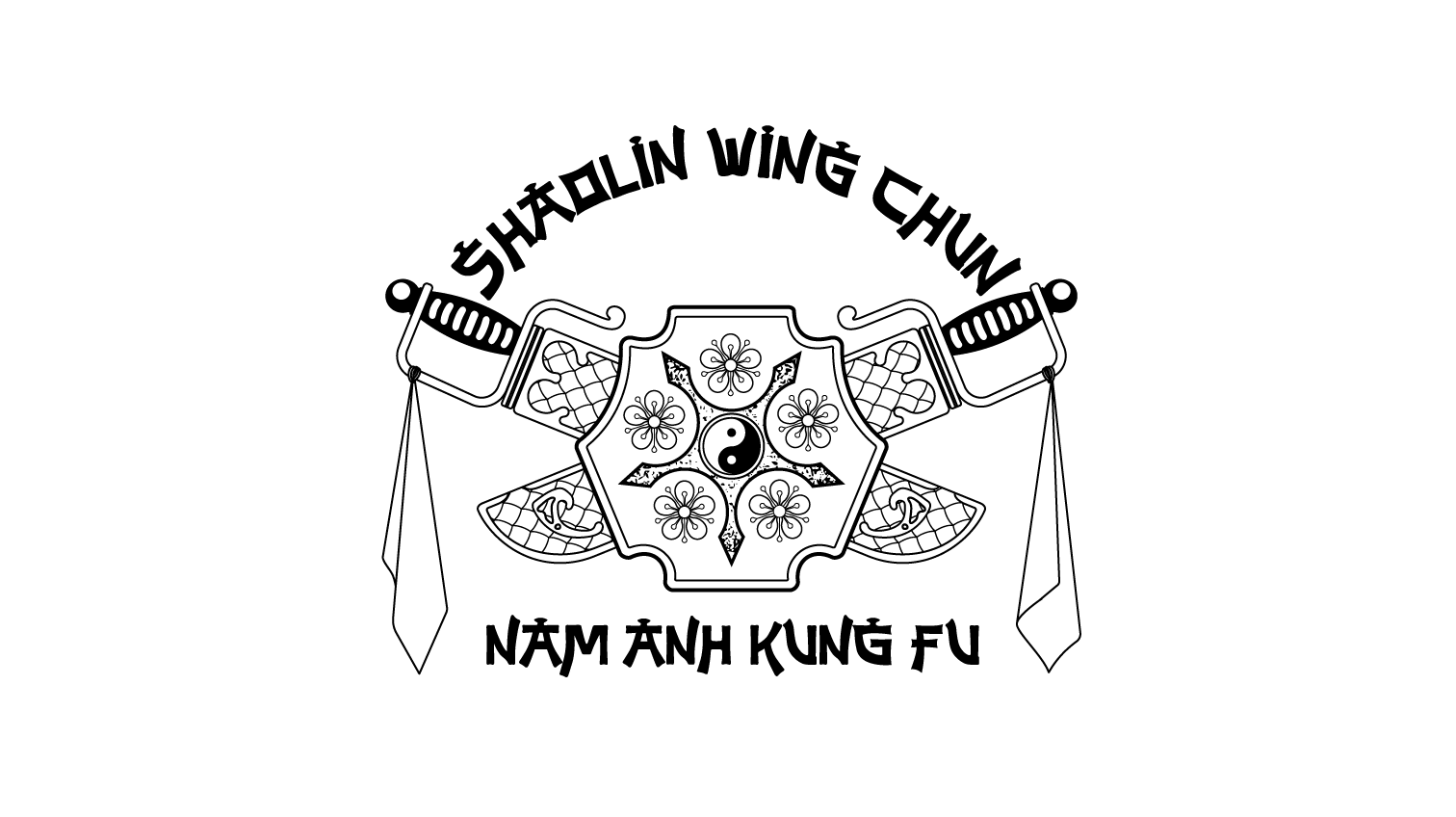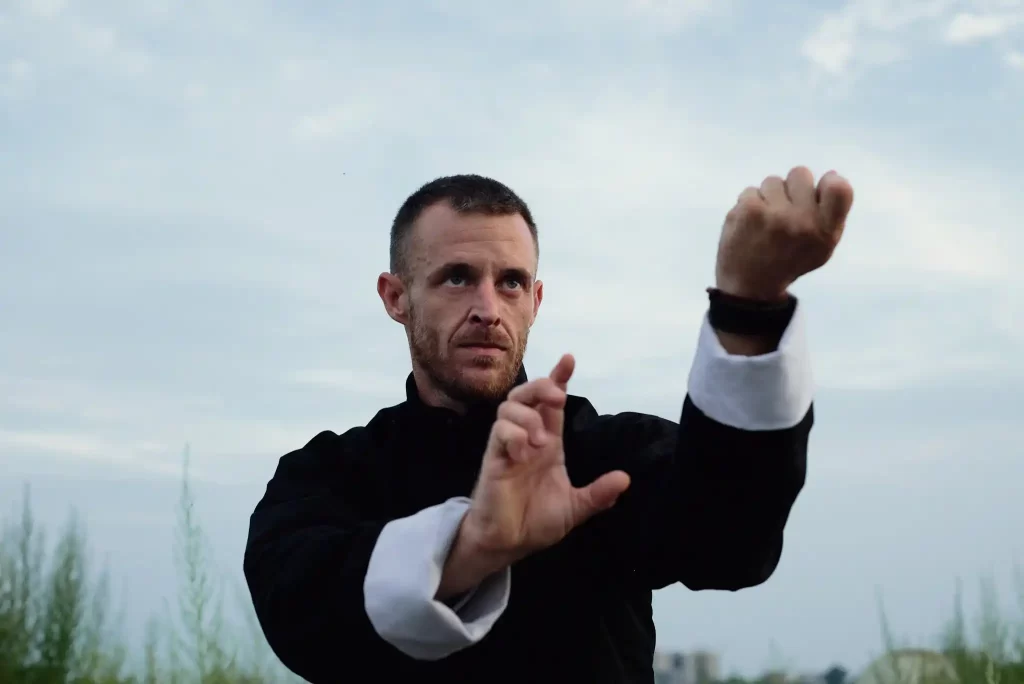The history of Kung Fu is rich with stories of adaptation, survival, and innovation. Among the most intriguing tales is the dynamic relationship between Pak Mei and Wing Chun, two martial arts styles that emerged from the ashes of the Shaolin Temple. While both share a foundation in the Shaolin tradition, they represent contrasting philosophies and techniques, making Pak Mei vs Wing Chun a fascinating study in martial evolution.
The Origins: Pak Mei and Wing Chun in Historical Context
Both Pak Mei and Wing Chun trace their roots to the destruction of the Shaolin Temple during the Ching Dynasty. Pak Mei, developed by one of the Five Elders who survived the temple’s fall, symbolized a break from Shaolin tradition. In contrast, Wing Chun emerged as a counterpoint, a martial system designed to resist and adapt to new challenges.
Pak Mei: The Defector’s Style
Pak Mei (White Eyebrow) represents a pragmatic approach to combat. Its creator, Pak Mei, defected to the Ching dynasty, aligning his techniques with their need for efficient, decisive action. The style focuses on explosive power, precise strikes, and an innovative use of short-range attacks.
Wing Chun: The Rebel’s Response
Wing Chun was born from necessity and ingenuity. Ng Mui, another of the Five Elders, designed Wing Chun as a streamlined system to train resistance fighters quickly. Its emphasis on the centerline theory, economy of motion, and internal energy made it an ideal martial art for overcoming larger, more aggressive opponents, including practitioners of Pak Mei.
Pak Mei vs Wing Chun: Techniques and Philosophies
When comparing Pak Mei vs Wing Chun, the differences lie not only in their physical techniques but also in their underlying philosophies.
Techniques
- Pak Mei:
- Explosive movements and heavy reliance on breath control.
- Combines linear strikes with circular motions for maximum impact.
- Unique “six powers” method (e.g., straight, sinking, splattering) to generate force.
- Wing Chun:
- Focuses on close-quarters combat using the centerline as a guide.
- Features techniques like Chi Sao (Sticky Hands) for sensitivity and reflex training.
- Utilizes tools like the wooden dummy to refine angles and positioning.
- Pak Mei:
Philosophies
- Pak Mei embraces the notion of overwhelming an opponent with explosive, aggressive techniques, reflecting a warrior’s approach to dominance in battle.
- Wing Chun values efficiency, adaptability, and control, making it a defensive yet proactive art designed to counter and neutralize threats.
Pak Mei vs Wing Chun in Modern Practice
Today, practitioners of both Pak Mei and Wing Chun carry forward these traditions, often blending their training to deepen their understanding of martial arts. While Pak Mei offers insights into generating power and direct confrontation, Wing Chun emphasizes reflex development, efficiency, and adaptability.
At Shaolin Wing Chun in Montreal, students are encouraged to appreciate the unique strengths of each style. By studying the principles of Pak Mei vs Wing Chun, martial artists can cultivate a balanced approach to both combat and self-mastery.
Conclusion
The story of Pak Mei vs Wing Chun is one of conflict and harmony. These two styles, born from a shared lineage, reflect the duality of martial arts as both an art of war and a path to enlightenment. Whether you’re drawn to the explosive power of Pak Mei or the efficient precision of Wing Chun, both offer invaluable lessons in skill, strategy, and personal growth.
Would you like to explore these styles? Join us at Shaolin Wing Chun Montreal to discover the art of Kung Fu and uncover the legacy of Pak Mei and Wing Chun.


Responses